The Range is a course breakdown for the upcoming PGA tournament with a DFS perspective. This week the tour resumes in Texas as the players face off at Charles Schwab Challenge.
**Like many other sites have said already, it is great to be back!! We here at Win Daily Sports hope everyone was able to stay safe through the pandemic. With golf being one of the first major sports returning to the limelight, it will be interesting to see how the fan-less approach goes. Overall I don’t believe it will have a major impact for the PGA Players but these first few weeks will be interesting to say the least.**
The Basics
Course: Colonial Country Club
Par: 70
Length: 7,209 Yards
Fairways: Bermudagrass
Greens: Bentgrass (5,000sq ft)
Architect: John Bredemus and Perry Maxwell
Past five winners: ’19 Na (-13), ’18 Rose (-20), ’17 Kisner (-10), ’16 Spieth (-17) and ’15 Kirk (-12)
For a hole by hole breakdown, visit the PGA Tour website here.
Course Breakdown
As you look at the previous winners for the Charles Schwab Challenge, the winners scores are really up and down. What happens is when the wind get involves, scoring is worst. As of this writing the wind doesn’t look to be a problem this week. With that said I will be looking at golfers that score well on both average and hard to score courses just in case the wind picks up.

The Colonial Country Club has many holes with either trees or bunker lined fairways. This puts an emphasis on accuracy and this aspect will take the driver out of many of the golfers hands. Lets look at golfers who perform well with their ball striking on hard to hit fairways.
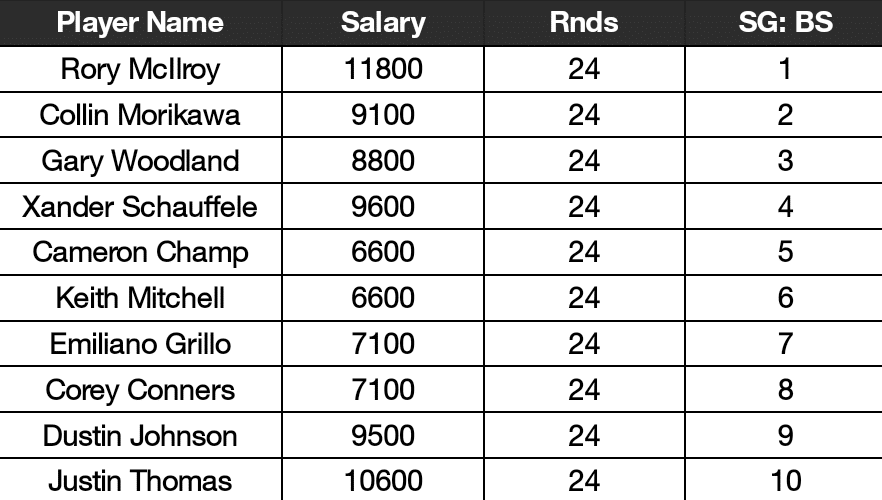
While bentgrass greens are more sparce in the south, the Charles Schwab Challenge has been running bent since its opening in 1936. The golfers below are in the top 10 when it comes to putting.
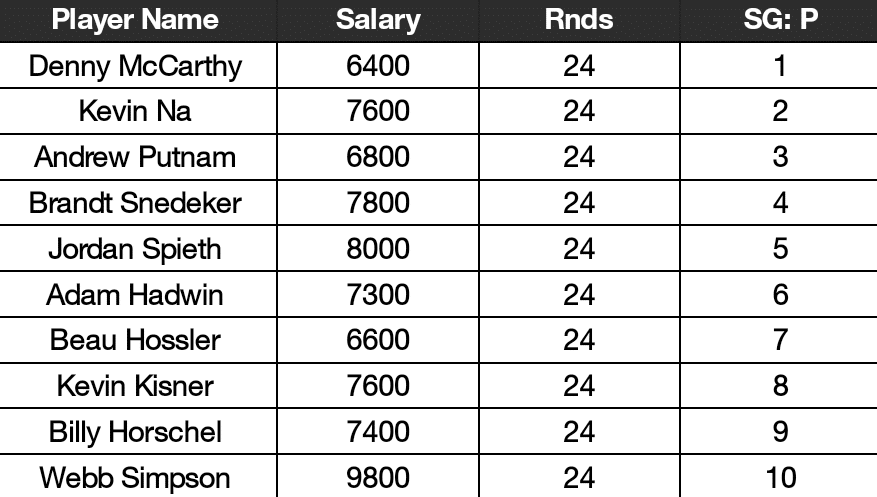
Lets take a look with all of these course features combined.
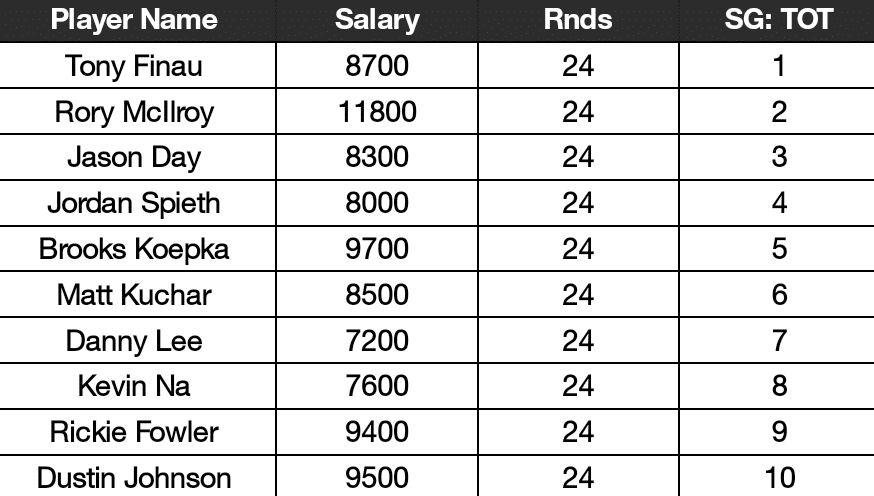
Player Fit
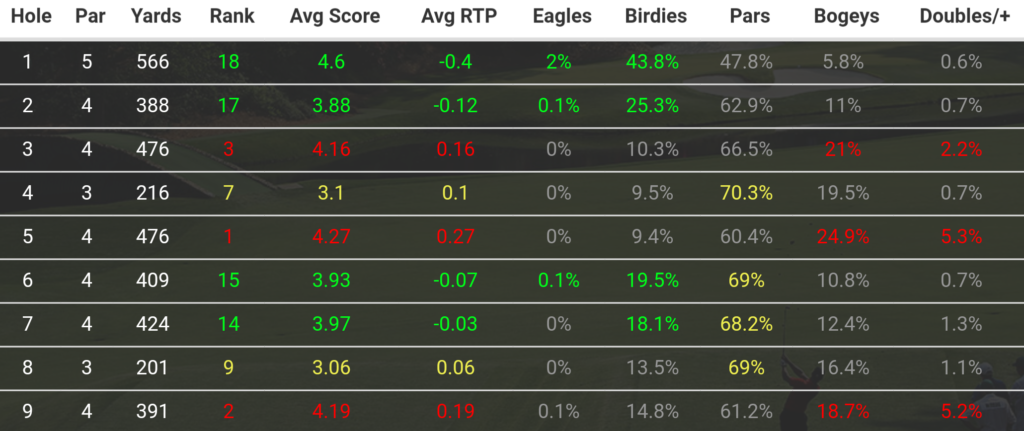
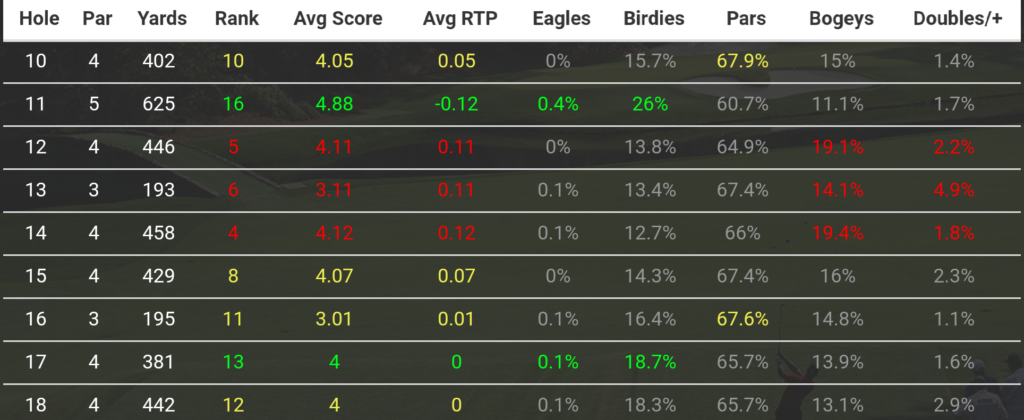
Looking at the scorecard for the Charles Schwab Challenge, four of five toughest holes fall in between 450 – 500 yards. While there are more par 4’s at shorter distance, focusing on the tougher range, along with bogey avoidance and scrambling, should really help avoid the blow up holes.
Most second shots come from 150 – 175 yards out but two of the worst par 3’s land between 175 – 200. Looking at golfers who play well in those ranges will be huge for success along with birdie or better. As always, DK scoring will be evenly weighted in the model, as golfers have to be able to turn in DK points for us to win. Here are the top golfers ranked one through ten with all the key stats combined.

Final Recap of the Charles Schwab Challenge at the Colonial Country Club.
Pay attention to the weather before tee off. IF winds seem to be be picking up in speed, weighing bogey avoidance and scrambling even higher may be the winning ticket. Shorter golfers don’t have to fear the big hitters at this course.
This is the first of possible many tournaments with no fans, and until we see the golfers in action with no crowds, who knows what to exactly expect. We also don’t know the extent of how much time they were able to swing a club, play 18 or even step outside. I would highly recommend playing with a small bank roll this week as they’re just too many variables in play, the first week back.
Courser Setup
Average scoring to possible difficult scoring conditions (wind).
Hard to hit fairways
Bentgrass Greens (Smaller than tour average)
Player Efficiencies
Par 4 scoring: 450 – 500 yards
Proximity: 150 – 175, 175 – 200
Scrambling
Birdie or better
Bogey Avoidance
Thanks for reading and I hope this article is a great starting place for your DFS research at Charles Schwab Challenge. Look out for the Insight Sheet dropping Wednesday. It will include my personal player pool and reasoning why each golfer was chosen. Also Wednesday night you can find me in the Win Daily Discord helping members with their lineups and last-minute questions.
Stat Source: Fantasy National






